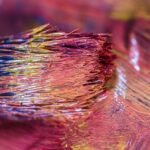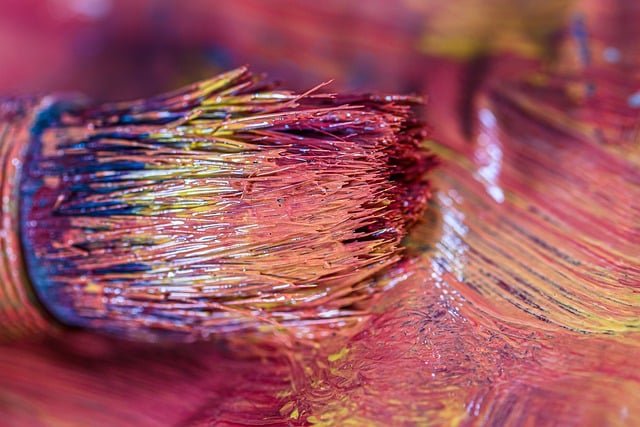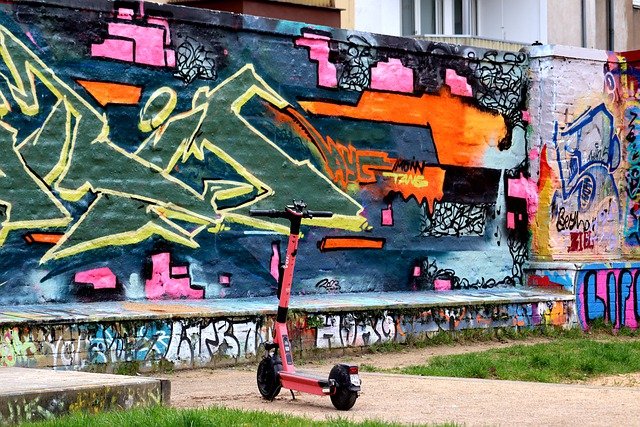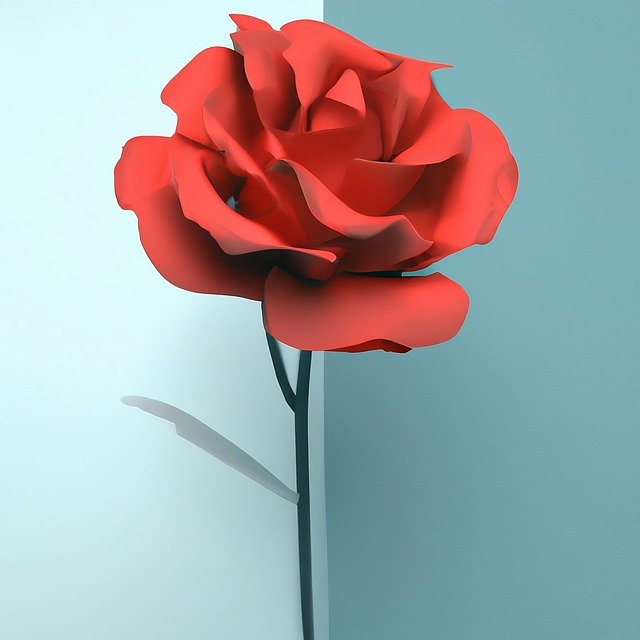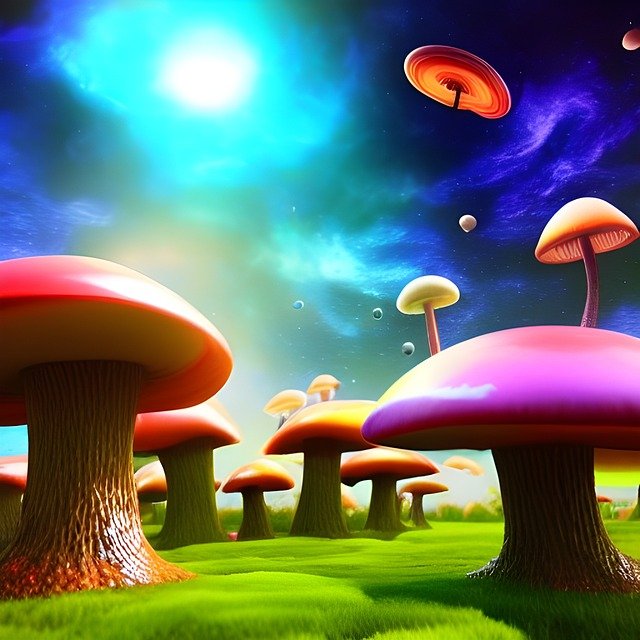Section 1: The Rise of AI Art
Art has always been a reflection of human creativity and expression. From the earliest cave paintings to the Renaissance masterpieces, art has evolved alongside mankind, capturing our imagination and emotions. However, in recent years, a new form of art has emerged, one that challenges traditional notions of creativity and blurs the lines between man and machine – AI art.
AI, or artificial intelligence, has been making waves in various industries, from self-driving cars to virtual assistants. But its impact on the art world is something truly revolutionary. With the help of cutting-edge technology, AI is unlocking the potential of art in ways we could have never imagined.
Section 2: The Intersection of Art and Technology
The idea of using technology to create art is not entirely new. Artists have been using tools like Photoshop and digital software for years to enhance their traditional artworks. However, AI takes this concept to a whole new level. Instead of being just a tool, AI is now being used as a creative partner, with the ability to generate original pieces of art.
One of the most significant advantages of using AI in art is its ability to process vast amounts of data and learn from it. This means that AI can analyze and understand patterns, styles, and techniques used by artists throughout history. By feeding this information into its algorithms, AI can then create new artworks that are a fusion of different styles, resulting in unique and innovative pieces.
Section 3: The Impact on the Art World
The introduction of AI art has sparked a debate about the role of technology in the creative process and the definition of art itself. Some argue that AI art is not genuine art, as it lacks the human touch and emotions. However, others believe that AI art is a new form of creativity, a collaboration between man and machine that pushes the boundaries of what is possible.
One of the most significant impacts of AI art is its potential to democratize the art world. Traditionally, the art world has been exclusive, with only a select few artists gaining recognition and success. With AI, anyone with access to the technology can create art, regardless of their background or training. This opens up a whole new world of opportunities for aspiring artists and challenges the traditional gatekeepers of the art world.
Moreover, AI art has the potential to bridge the gap between art and technology, attracting a new generation of art enthusiasts who are intrigued by the intersection of these two fields. This can lead to new collaborations and partnerships between artists and tech companies, further pushing the boundaries of what is possible in the art world.
Section 4: The Future of AI Art
As AI technology continues to advance, so does its potential in the art world. We are already seeing AI-generated artworks being sold at prestigious art auctions, with prices reaching millions of dollars. This not only highlights the growing acceptance of AI art but also the potential for it to become a lucrative market.
Moreover, as AI continues to learn and evolve, it can create art that is not just a replica of existing styles, but truly original and thought-provoking. This has the potential to challenge the very definition of creativity and the role of artists in society. Will we reach a point where AI can create art that is indistinguishable from human-made art? Only time will tell.
However, there are also concerns about the ethical implications of AI art. As AI learns from existing artworks, there is a risk of copyright infringement and plagiarism. Additionally, there are questions about the ownership of AI-generated art and the role of the artist in the creative process. These are important issues that need to be addressed as AI art becomes more prevalent in the art world.
In conclusion, AI art is a game-changer in the world of creativity. It challenges our preconceived notions of art and pushes us to think about the role of technology in our lives. With its potential to democratize the art world, bridge the gap between art and technology, and create truly original pieces, AI art has the power to revolutionize the way we perceive and create art. As we continue to unlock the potential of AI, the future of art is filled with endless possibilities.





